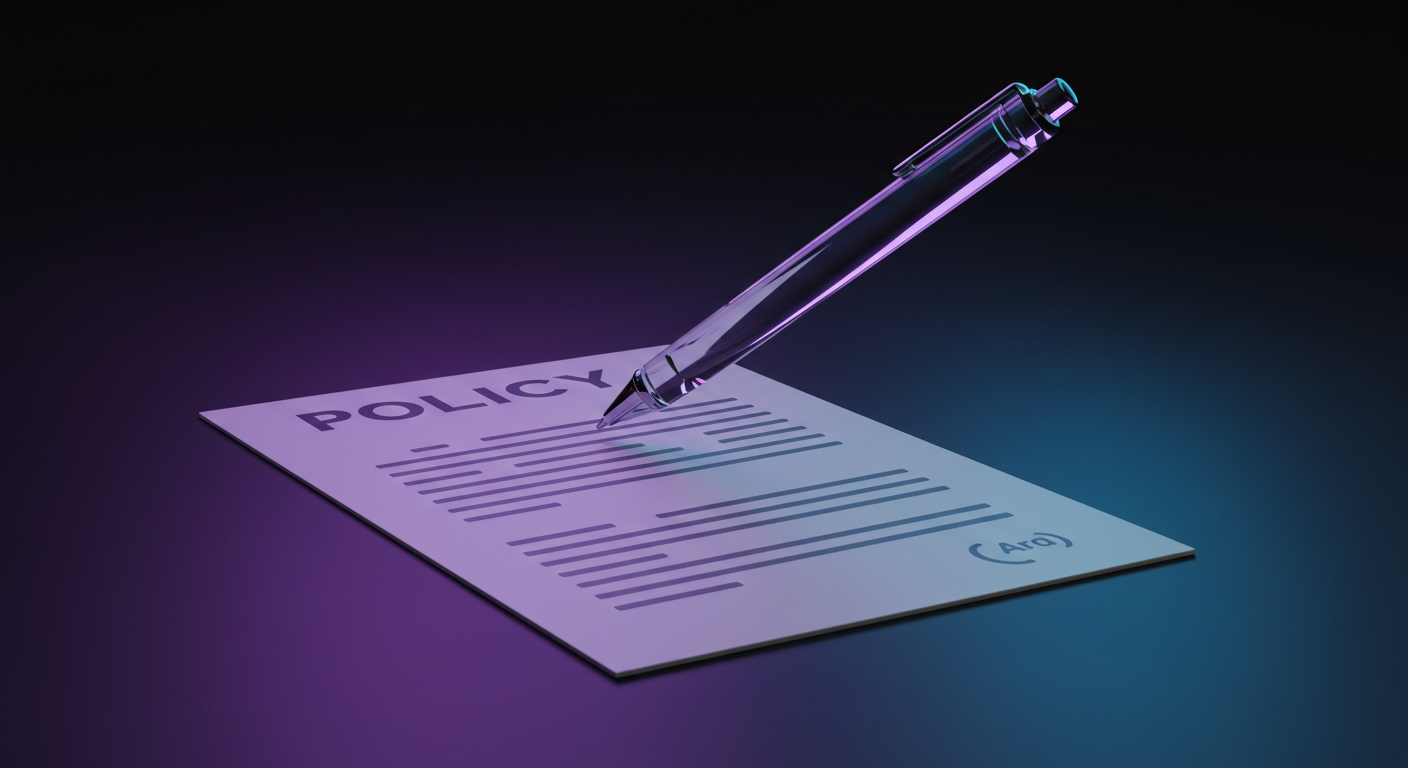
European Central Bank (ECB) policymakers are giving considerable attention to potential downward deviations from the 2% inflation target. They express concerns about inflation falling below this target level.
Comments also suggest that a 10% tariff has been taken into account as a baseline scenario. This implies that a 10% tariff is anticipated and has been incorporated into economic thinking.
Inflation Concerns
What the current information underlines is simple enough: members of the ECB’s governing council are now spending more energy looking at risks from the downside, not just the upside. For the past couple of years, nearly all the concern was focused entirely on inflation roaring too far above two percent. That worry has now rotated. There is an emerging acknowledgement from inside the institution that inflation could fall short of the mark, and that needs monitoring just as much.
What’s more, references to a 10% tariff being “baked in” imply something telling. That sort of scenario is not on the fringe – it’s not viewed as an outlier – but rather, it’s become the working base case from which other thinking is developed. Put plainly, those at the ECB are already assuming there will be that additional cost pressure from trade, which ricochets through input prices and ultimately affects headline inflation. Given that, their response functions are now conditioned on that kind of environment.
From our side, that sets the stage for a handful of interpretations. First, the guardrails for rate moves—whether hikes or cuts—have clearly shifted in their thresholds. The bar to move may be lower than it was even three months ago. And with forecasters on the committee now openly saying that inflation may not hold at target over the medium term, this changes the way risk is balanced.
For us in derivatives markets, this carries a few takeaways. Short-end interest rate vol could remain relatively muted if rate cuts are not just expected, but now viewed as relatively “safe” in terms of the ECB’s mandate. Even with growth holding, disinflationary momentum that makes persistent sub-2% CPI readings more probable encourages more dovish leanings.
Monetary Policy Shifts
We should also note how forward guidance could be dialled back even further to support flexibility. Lagarde’s earlier statements always tied inflation reversals to geopolitical or external shocks, but a base assumption of new tariffs shifts the attention to structural dynamics in trade policy—factors more durable than one-off disruptions.
Strategy-wise, some of us might focus more closely on how steepening moves play out across the front end should cuts start to be priced more aggressively. For example, calendar spreads that pull value from forward rate easing expectations could begin to reopen. A swing in short-term inflation swaps offers another potential channel through which views on falling price pressure could be expressed.
With downside deviations now part of the regular conversation, optionality comes back into play more deliberately. It matters when central banks move from fighting inflation to avoiding disinflation. Those are mirrored stances, not the same thing. And when the assumption shifts from reining in prices to preventing complacency about them undershooting, the flow of macro hedging changes.
As always, when a policymaker mentions base scenarios, we treat that as more than colour. It’s a cue for how baseline risk is framed in their models, which in turn shapes how persistent their current bias may prove. That also determines how comfortable they are defying market expectations if need be.
Taken together, we refine our sense of what the governing council may tolerate before acting again. The reactions may not be prompt, but they are now more directional than data-dependent than many were assuming just last quarter.







